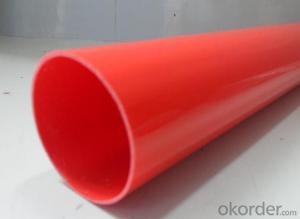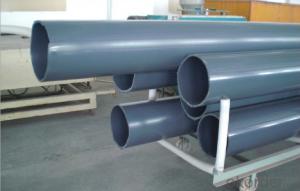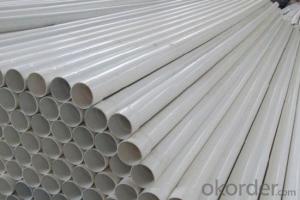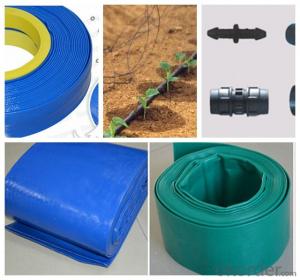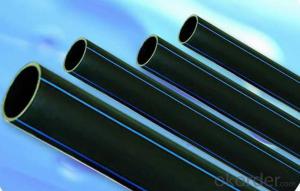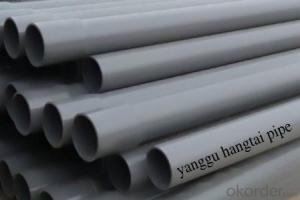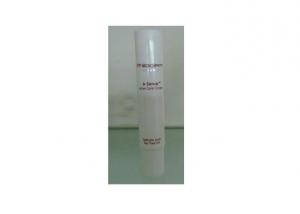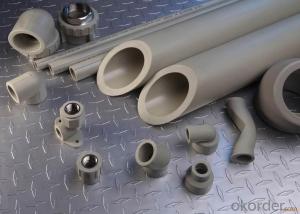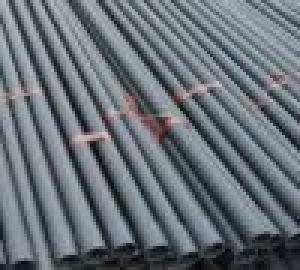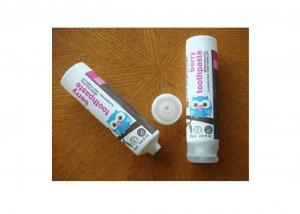HDPE PIPE ISO4427-2000 DN225
- Loading Port:
- China Main Port
- Payment Terms:
- TT OR LC
- Min Order Qty:
- -
- Supply Capability:
- -
OKorder Service Pledge
OKorder Financial Service
You Might Also Like
Physical properties[edit]
Polyethylene is a thermoplasticpolymer consisting of long hydrocarbon chains. Depending on the crystallinity and molecular weight, a melting point and glass transition may or may not be observable. The temperature at which these occur varies strongly with the type of polyethylene. For common commercial grades of medium- and high-density polyethylene the melting point is typically in the range 120 to 180 °C (248 to 356 °F). The melting point for average, commercial, low-density polyethylene is typically 105 to 115 °C (221 to 239 °F).it is transprant.
Chemical properties[edit]
Most LDPE, MDPE and HDPE grades have excellent chemical resistance, meaning that it is not attacked by strong acids or strong bases. It is also resistant to gentle oxidants and reducing agents. Polyethylene burns slowly with a blue flame having a yellow tip and gives off an odour of paraffin. The material continues burning on removal of the flame source and produces a drip.[3] Crystalline samples do not dissolve at room temperature. Polyethylene (other than cross-linked polyethylene) usually can be dissolved at elevated temperatures in aromatic hydrocarbons such as toluene or xylene, or in chlorinated solvents such as trichloroethane or trichlorobenzene.[4]
GB/T13663-2000:
| PE63管材规格 | |||||
| 公称 外径dn,mm | SDR33 | SDR26 | SDR17.6 | SDR13.6 | SDR11 |
| 公称压力 PN,Mpa | |||||
| 0.32 | 0.4 | 0.6 | 0.8 | 1.0 | |
| 公称 壁厚 | 公称 壁厚 | 公称 壁厚 | 公称 壁厚 | 公称 壁厚 | |
| 16 | 2.3 | ||||
| 20 | 2.3 | 2.3 | |||
| 25 | 2.3 | 2.3 | 2.3 | ||
| 32 | 2.3 | 2.4 | 2.9 | ||
| 40 | 2.3 | 2.3 | 3.0 | 3.7 | |
| 50 | 2.3 | 2.9 | 3.7 | 4.6 | |
| 63 | 2.3 | 2.5 | 3.6 | 4.7 | 5.8 |
| 75 | 2.3 | 2.9 | 4.3 | 5.6 | 6.8 |
| 90 | 2.8 | 3.5 | 5.1 | 6.7 | 8.2 |
| 110 | 3.4 | 4.2 | 6.3 | 8.1 | 10.0 |
| 125 | 3.9 | 4.8 | 7.1 | 9.2 | 11.4 |
| 140 | 4.3 | 5.4 | 8.0 | 10.3 | 12.7 |
| 160 | 4.9 | 6.2 | 9.1 | 11.8 | 14.6 |
| 180 | 5.5 | 6.9 | 10.2 | 13.3 | 16.4 |
| 200 | 6.2 | 7.7 | 11.4 | 14.7 | 18.2 |
| 225 | 6.9 | 8.6 | 12.8 | 16.6 | 20.5 |
| 250 | 7.7 | 9.6 | 14.2 | 18.4 | 22.7 |
| 280 | 8.6 | 10.7 | 15.9 | 20.6 | 25.4 |
| 315 | 9.7 | 12.1 | 17.9 | 23.2 | 28.6 |
| 355 | 10.9 | 13.6 | 20.1 | 26.1 | 32.2 |
| 400 | 12.3 | 15.3 | 22.7 | 29.4 | 36.3 |
| 450 | 13.8 | 17.2 | 25.5 | 33.1 | 40.9 |
| 500 | 15.3 | 19.1 | 28.3 | 36.8 | 45.4 |
| 560 | 17.2 | 21.4 | 31.7 | 41.2 | 50.8 |
| 630 | 19.3 | 24.1 | 35.7 | 46.3 | 57.2 |
- Q: Can plastic tubes be used for packaging creams or lotions?
- Yes, plastic tubes can be used for packaging creams or lotions.
- Q: Do not pipe plastic pipe connection
- You can go to the building materials store to buy the same size as the plastic pipe elbow or joint.
- Q: What is the maximum pressure plastic tubes can handle without bursting?
- The maximum pressure that plastic tubes can handle without bursting depends on various factors such as the type of plastic, thickness of the tube, and its intended use. It is recommended to consult the specifications provided by the manufacturer or conduct pressure testing to determine the exact maximum pressure for a specific plastic tube.
- Q: Where des this charge come from? Why don't we see a charge on the fur or wool?
- while something is rubbed with something else what comes into play is Frictional electrical energy . there is something called the paintings function it fairly is the minimum potential required via the electrons on the exterior to circulate away it . So if Fur and rubber are rubbed in accordance to the ques rubber rod will become negatively charged hence fur might desire to be dropping electrons hence , btw utilising molecules doesnt appear as if a stable theory to me so , in accordance to me C is the final answer .
- Q: Can plastic tubes be used for storing camping or outdoor supplies?
- Yes, plastic tubes can be used for storing camping or outdoor supplies as they are lightweight, durable, and provide protection from moisture and other elements.
- Q: What are the different sizes of plastic tubes available?
- The sizes of plastic tubes available can vary widely depending on their purpose and application. They can range from small, narrow tubes used for cosmetic packaging or sample storage, to larger tubes used for industrial applications or fluid transportation. The specific sizes available may also differ based on the manufacturer or supplier.
- Q: Is plastic pipe polythene good or polypropylene?
- Polyethylene pipe: light weight, good toughness, good low temperature resistance, non-toxic, low cost, high impact strength, compressive strength and tensile strength but lower; connection: flange, welding hot thread connection;
- Q: Can plastic tubes be used for cosmetic packaging?
- Yes, plastic tubes can be used for cosmetic packaging. They are commonly used for packaging various cosmetic products such as lotions, creams, gels, and serums. Plastic tubes offer convenience, ease of use, and are typically cost-effective, making them a popular choice in the cosmetic industry.
- Q: Can plastic tubes be used for chemical processing?
- Yes, plastic tubes can be used for chemical processing. Plastic tubes made from chemical-resistant materials such as polypropylene, polytetrafluoroethylene (PTFE), or PEEK (polyether ether ketone) can withstand the corrosive effects of many chemicals. They are commonly used in various chemical processing applications for efficient fluid transfer, sample collection, and transportation of chemicals. However, it is essential to select the appropriate plastic material based on the specific chemical compatibility requirements to ensure safe and effective chemical processing.
- Q: Are plastic tubes resistant to fire propagation?
- No, plastic tubes are not resistant to fire propagation.
Send your message to us
HDPE PIPE ISO4427-2000 DN225
- Loading Port:
- China Main Port
- Payment Terms:
- TT OR LC
- Min Order Qty:
- -
- Supply Capability:
- -
OKorder Service Pledge
OKorder Financial Service
Similar products
Hot products
Hot Searches
Related keywords





